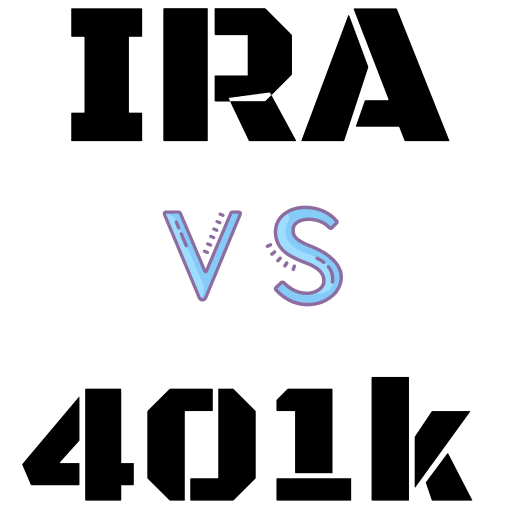
The tax advantages of a Roth IRA are well documented, but they might not be as well known. Some ultra-wealthy individuals have amassed hundreds of millions — or even billions — of dollars in these tax-advantaged accounts, CNBC reports.
See: Roth IRA Rules — What to Know for 2021
Find: Should You Choose a Roth IRA or Traditional IRA — or Both?
A Roth IRA acts as a tax shelter. Contributions are taxed on the front end, as they come from income you have already paid taxes on. Your money grows tax-free, and you make tax-free withdrawals in retirement. Traditional IRAs operate in the reverse — you make contributions with pre-tax dollars, the money grows tax-deferred, and you pay tax when you begin to pull money from the account in retirement.
Roth IRAs have grown in popularity in recent years for the future tax benefits they provide to investors. Although there are income limits on direct contributions to a Roth IRA, investors with higher incomes can convert assets in a traditional IRA or 401(k) into a Roth IRA.
Recently, billionaire PayPal co-founder and billionaire Peter Thiel made headlines when news broke of his Roth account. Starting at a value of $2,000 in 1999, Thiel used a self-directed IRA to amass a tax-free fortune of $5 billion. So how did he do it?
See: How Much You Should Have in Your Retirement Fund at Every Age
Find: Roofstock Review 2021 — Everything You Need to Know
Theil used the self-directed IRA strategy to ensure tax-free distributions and grow his account to behemoth proportions. As with a Roth IRA, the self-directed IRA allows you to have tax-free growth and tax-free distributions — but it allows investors to invest in assets that are not available for Roth IRAs. Whereas a Roth IRA mostly invests in mutual funds and publicly traded companies, self-directed IRAs can hold real estate and private companies, which are not allowed in a Roth. However, this type of investment strategy is typically suitable for those with specialized knowledge in a particular sector or industry — just as Thiel is in technology.
Real estate in particular is a game-changer for IRAs. Let’s say you find properties you feel have potential, and you put down $3,000 through a self-directed IRA. That could grow to $10,000, $20,000 or $30,000 dollars depending on the property you choose, and all the profit will come to you tax-free. However, there are special rules for a self-directed IRA that you must follow to enjoy the tax benefits. These include the type of property you can purchase, how you can purchase it and manage the expenses, and who can use it.
It’s important to note that the same distribution rules that apply to regular IRAs also apply to self-directed IRAs. That is, there is a lack of liquidity, and the earliest you can touch your money is age 59 ½, with minimum distributions required beginning at age 72. Other rules include due diligence, anti-fraud and transparency regulations. The list is lengthy, but this kind of investment strategy can potentially pay off bigger than most if you have the stomach and patience for it.
More From GOBankingRates
This article originally appeared on GOBankingRates.com: The Wealthy Actively Use This Roth IRA Strategy, and So Can You
